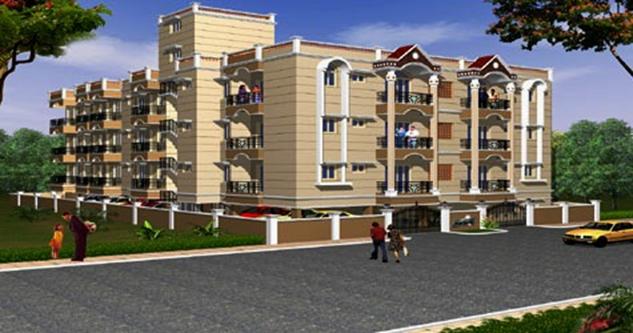The manufacturing industry is revolutionizing in two significant ways with the gradual passage of time. One way is the advancement of the conventional techniques including usage of automated tools in the process. Another significant way is the improvement of high-performance construction elements like the introduction of high strength concrete. Amongst those high-performance components, Fiberglass Reinforced Polymers or FRPs have gained wide acceptance from the civil engineers.

What Are FRP Composites
Fiber reinforced polymers are composite materials formed by combining two or more components to frame a new combination of finer qualities. However, these materials host an array of distinct traits in comparison to other composites depending on the molecular level and are mechanically separable. The physical and mechanical features of FRP can be controlled by the structural configurations at the micro level. Hence, the analysis and framework of structures made of FRP require adequate knowledge of the ingrained properties which are mainly dependant on the properties of constituent components and manufacturing process.
Application of FRP in Bridge Engineering
In comparison to the conventional materials, these structures possess an array of commendable features and therefore regarded as a good alternative for innovative construction.Their usage in the construction process involves both the up-gradation of existing structures and new buildings which may be applied to varied types of structures ranging from buildings, off-shore platforms and bridges. Like many other relevant sectors, bridge engineering is benefitting from the emergence of FRP composites to a huge extent. As per the numerous experiments, the FRP composite bridge decks and girders and other construction materials have proved to reflect commendable features which contributes to build stable and safer bridges. Some of the significant application areas of these highly efficient structures in Bridge engineering are hereby discussed.
Repair of Existing Bridge Structures
Strengthening the existing infrastructures by usage of the externally bonded FRP structures are one of the first applications of FRP introduced in civil engineering. The process is quite rapid, simple and highly effective. The commonly used FRP used for bolstering the bridges might be in the form of FRP strips or sheets, depending on the specific form of application. Two beneficial methods used for application of external reinforcement of these materials are resin infusion and adhesive bonding.
Seismic Retrofit
These structures are widely used in the process of seismic retrofitting of reinforced bridges in the form of wrapped column. Most of the traditional mechanisms applied for seismic retrofit of reinforced columns involve the usage of steel shells or casings, usage of steel cables around the columns and application of external reinforced concrete sections.
FRP Composite Bridge Decks
The bridge decks are amongst the most deteriorating components of bridge structures. Specific needs to multiply the load rafting, traffic lanes and confirmation of a new code might rise at any point of time with the changing scenario. Hence, the FRP composite bridge decks have been introduced into the field of bridge engineering to cater those requirements with efficiency.
This revolutionary building solution hosts an array of highly beneficial features and has an expanded area of operation in the industrial sector. The products of FRP pultrusions are regarded as premium quality building materials which provide ultimate stability to the infrastructures.



